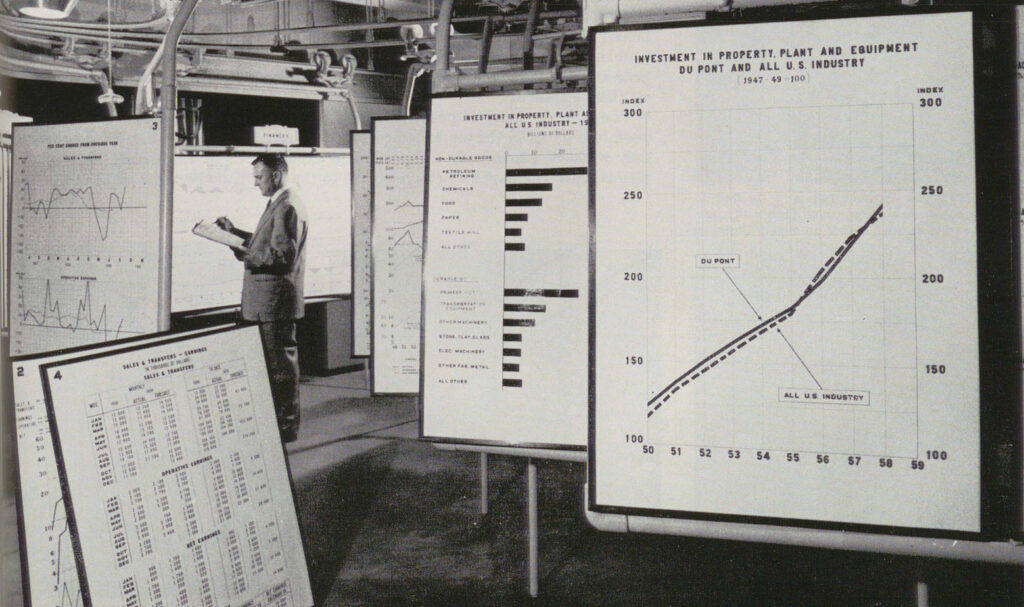Weekly Bookmarks –
165th Edition – July 7, 2024
Where profit it, loss s hidden nearby.
Japanese Proverb
1. The Best Business Book Fifty Years Ago
Goodreads has a great filtering tool by year that shows the most frequently added titles to members’ bookshelves.
In 1974, the top books were Where The Sidewalk Ends, Carrie, and Zen and the Art of Motorcycle Maintenance.
However, there are no business books until we reach the 146th slot with Labor and Monopoly Capital: The Degradation of Work in the Twentieth Century, and ratings are generally favorable.
This widely acclaimed book, first published in 1974, was a classic from its first day in print. Written in a direct, inviting way by Harry Braverman, whose years as an industrial worker gave him rich personal insight into work, Labor and Monopoly Capital overturned the reigning ideologies of academic sociology.
2. The 60th Anniversary of My Years With General Motors
When Alfred Sloan published My Years With General Motors, the Beatles were on top of the music world. The Godfather Part II was regarded as the best film of 1964. At the time, Peter Drucker called it the best management book ever written.
I found the book a bit laborious, but the title at least belongs in the business reader’s antilibary.
Alfred P Sloan, Jr. began his career with General Motors, realizing that the automobile presented one of the most significant industrial opportunities of modern times. Because of his genius and leadership, General Motors Corporation grew to be one of the largest corporations on Earth. My Years with General Motors tells Alfred P. Sloan, Jr.’s remarkable story.
3. Profit
I sense a historical tone in this newsletter. Accordingly, let’s go back in time and explore a discussion of profit by the people at Dupont in their 1962 document, The Profit Motive.
It should be noted at the outset, however, that profit is much more than a financial or commercial interest. It implications extend to all corners of economic life and all members of the American community. Just as profit is the weathervane of business performance, it also is one of the most useful and telling measures of the nation’s past record and future prospects.
I would enjoy finding a business historian to explain how this document came to be. Some of the sections in this 36-page booklet include:
- The Dual Role of Profit
- The Utility of Profits
- Profit Seekers: Variety is Their Common Denominator
The picture below is from their data room. I like this far better than PowerPoint.

4. Dupont’s Chart Room
That’s a great picture above of Dupont’s chart room. I had never seen that before. If you want to see more, start here.
Quick facts:
- Established in 1919
- Multiple charts for each business tracked sales, expenses, earnings, assets, and ROI for the current year and ten years of history. Additional charts also tracked the information by month and included forecasts.
- As the business expanded, the charts were attached to a monorail system
5. I’ve Decided to Read The Rise of Silas Lapham
According to the sales page:
William Dean Howells’ richly humorous characterization of a self-made millionaire in Boston society provides a paradigm of American culture in the Gilded Age. After establishing a fortune in the paint business, Silas Lapham moves his family from their Vermont farm to the city of Boston, where they awkwardly attempt to break into Brahmin society. Silas, greedy for wealth as well as prestige, brings his company to the brink of bankruptcy, and the family is forced to return to Vermont, financially ruined but morally renewed. As Kermit Vanderbilt points out in his introduction, the novel focuses on important themes in the American literary tradition: the efficacy of self-help and determination, the ambiguous benefits of social and economic progress, and the continual contradiction between urban and pastoral values.
I’m in. I wish I could read this in a book club setting, but for now, I’ll read it and share my notes later.
From the back cover: Silas Lapham is a rough-hewn entrepreneur who has made his fortune in mineral paint. Socially ambitious for their daughters, Lapham and his wife encourage the suit of Tom Corey, son of an aristocratic Boston family, whose own parents are appalled by his consorting with vulgar upstarts. But which Lapham girl does Tom love: the pretty blonde Irene or her bookish sister Penelope? As the romantic confusion is sorted out, Lapham suffers calamities threatening his financial and personal integrity. His rise is ultimately a moral one. The first major American novel to centre on a businessman, The Rise of Silas Lapham (1885) explores the capitalist ethos of the American Gilded Age. It is also a brilliant novel of manners that shows the comic confrontation of old wealth and new riches.
Recent Bookmarks 164 | 163 | 162
Thank You
Thank you for reading. If you like the content above and the posts at CFO Bookshelf, may I ask a favor? Feel free to share this with other readers and comment on your favorite LinkedIn, Twitter, or Facebook.
Take care, and have a great week. Always be learning.






Leave a Reply